
Heat treatment leaves a stunning circular stress fracture in amber.
Read More
An inclusion with a metallic luster is observed in a pinkish orange padparadscha sapphire.
Read More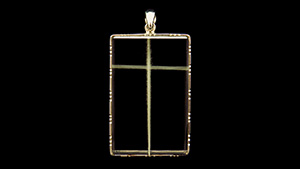
Numerous two-phase inclusions form a cross in a rock crystal pendant.
Read More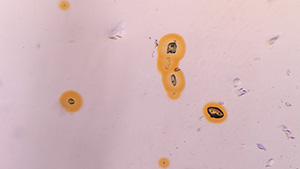
Zircon, monazite, and apatite inclusions surrounded by yellow halos are observed in an iolite cabochon.
Read More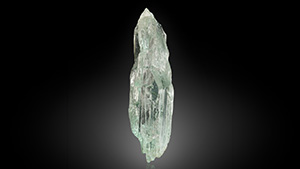
Sail-shaped etch features provide proof that a sample sold as aquamarine is actually a spodumene crystal.
Read More
A 2.88 ct Colombian emerald plays host to a metallic yellow pyrite crystal.
Read More
Pleochroic colors caused by cyclic twinning produce a kaleidoscope effect in alexandrite.
Read More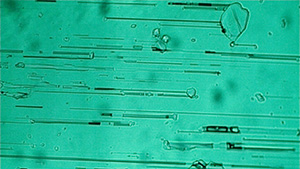
Tubular three-phase inclusions are observed in a Colombian emerald.
Read More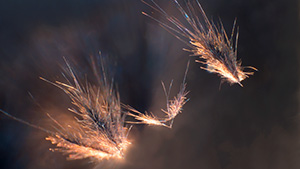
A spectacular display of hollandite crystals is captured within an amethyst cabochon.
Read More